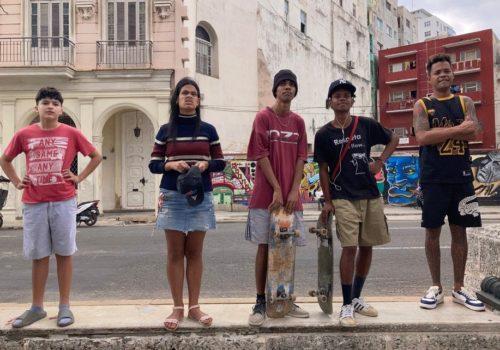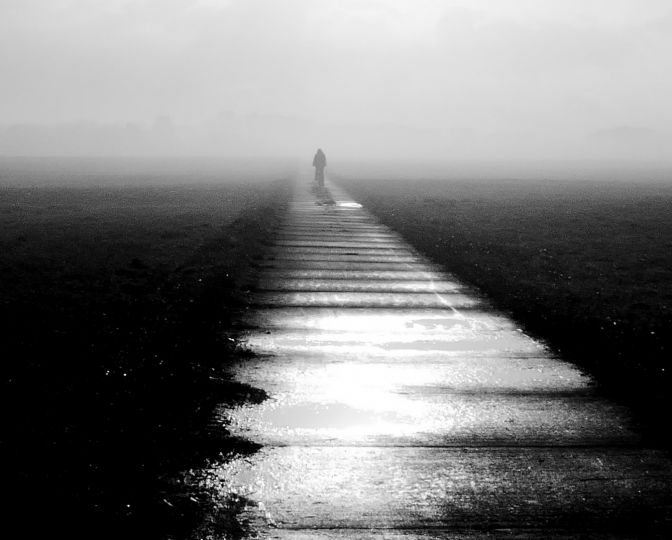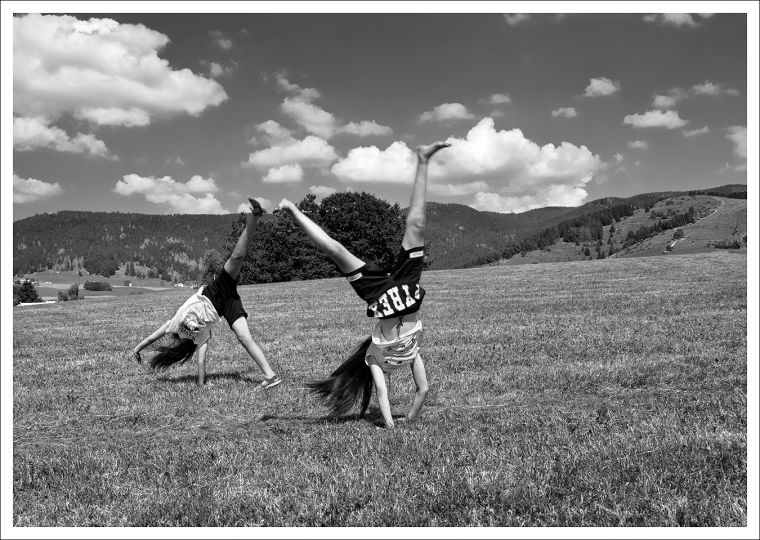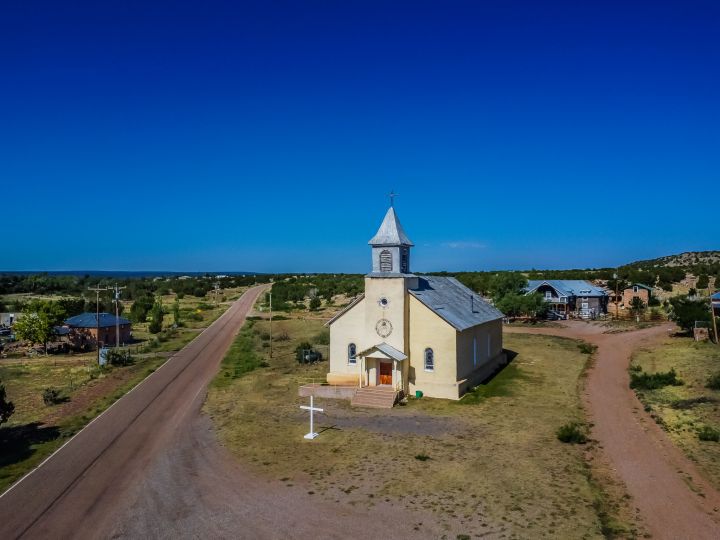700 meters
I remember when at the age of fourteen we were queueing in front of the corner phone box: it was ragged and full of graffiti, it sometimes worked but more often didn’t, it sometimes ate the token. We were cursing, but still standing there, sometimes several times a day. We didn’t even have landlines at that time. But we needed to communicate. About trends, music, fashion. We would go to parks, local clubs, hang out together, anywhere, anytime, when our parents allowed us. We were wearing white Puma high tops, black stretch jeans, worn t-shirts. It was the age of dreams.
A bit later, I was maybe fifteen, Guns ‘n’ Roses had their Use Your Illusion tour in Budapest and my father took me and my sister there by surprise. It has been one of the top experiences of my life as a teenager.
Soon, cell phones and the internet arrived in our lives. I had my first phone and had no idea how to switch it on and off. In the blink of an eye everything changed.
In 2016, Cuba’s government, which tightly controlled access to information and technology, set up state-run Wi-Fi hotspots across Havana. Whereas previously news, culture, and trends from around the world trickled in slowly, teenagers now had access to information, trends and ideas.
Even before 2016, despite the embargo, musical interchange continued, but it was not happening in state- or industry-sponsored networks, but as the product of personal connections: If you knew somebody who happened to have a record, you could hear it. Young Cubans got interested in hip-hop by putting up antennas outside of their windows with wire coat hangers to try and get hold of the music. These rappers would take background beats from American songs, get a tape recorder, and loop those beats until they had a full background beat, and then they would just rap over that. Lacking modern rap equipment (largely due to the embargo), Cuban rappers would use Afro-Cuban music with traditional instrumentation for their beats, along with beatboxing, to add a distinctive Cuban spin. Cuban rap and hip-hop also increasingly became a vehicle for Afro-Cuban social criticism, similar to how African-Americans used rap and hip-hop.
As most homes still don’t have internet, these teens now gravitate to the city’s 35 Wi-Fi hotspots. Increased access to the internet has changed the ways that Cuban young people forge identities. Even back in the early 2000s, it wasn’t uncommon to meet a group of frikis (in the 1980s, French sociologist Michel Maffesoli coined the term “urban tribes” to describe small groups of people defined by shared interests and lifestyle preferences around which modern societies are organised) who took all of their cultural cues, sartorial and sonic, from a scratched Clash CD that they passed around and took turns listening to.
Broadband remains slow, and even the $2-an-hour charge at Wi-Fi hotspots can be too expensive for teenagers, so, they congregate and talk, not through machines but face-to-face, in public. On the broad boulevard of G Street or the Malecón, the waterfront promenade, or Paseo del Prado, or John Lennon Park, where they go to see and be seen. What do they do? Listen to hip hop, rap battle, record TikTok videos, take photos and videos for Instagram, skate and teach skating, dance, and talk.
The city has always had their “urban tribes;” and these “tribes” are continuously changing. There used to be, Mikis, Repas, Emos, Frikis, Rastas, Rockeros, Hipsters; now there are more skaters, rappers and hip hop dancers. What tie them together is their admiration of American culture, whatever it means: music, fashion, skateboard or films. I was at Paseo del Prado when the American rapper Tekashi 6ix9ine arrived: I have never in my life seen teenagers so much raved by the sight of someone.
These kids’ gathering is anything but political; they don’t seem to care about anything but their present. They are mostly coming from wealthy families, have relatives in the United States, or get their clothes in the black market; they look just like any other teen in the USA. They are organized in schools, the first person to organize the group will be the Boss. The Boss decides when and where they meet. They use encrypted WhatsApp messages. They chat, drink, skate, sometimes smoke pot. And they are already watched by the secret police. The reason is: they might be dangerous.
700 meters – it is the length on Calle G and Paseo del Prado where these kids usually gather. For them, 700 meters is the length of freedom and joy. In the future these 700 meters might be the place of change.
Lilla Szász
















